Starting a garden can be a rewarding experience, but it’s easy to fall into some common gardening mistakes that beginners make. By understanding what these errors are, like overwatering or choosing unsuitable plants, you can ensure your garden flourishes. This guide will help you identify and avoid these pitfalls, leading to a more successful gardening journey.
Overwatering and Its Consequences
Overwatering is a common mistake many gardening beginners make, often because they believe more water will help plants thrive. However, excess water can lead to several problems. Plants need oxygen to grow, and too much water fills up the air pockets in the soil, depriving roots of this necessary gas. Root rot is one of the most severe consequences of overwatering. It causes roots to decay, turning brown and mushy instead of white and firm.
Additionally, overwatered plants can become susceptible to fungal diseases. Fungi thrive in moist environments, and soggy soil provides ideal conditions for their growth. Not only does this damage the plant, but it can also spread to other plants in your garden. Furthermore, overwatering can wash away essential nutrients from the soil, leaving plants deficient and weak.
It’s crucial to learn the specific water requirements of each type of plant. Observe the weather—rainy weeks might mean you can skip watering altogether. Checking soil moisture before watering is a good practice; if the soil is damp an inch below the surface, hold off on watering. Use mulch to retain soil moisture and ensure proper drainage by using pots with holes or improving soil structure for in-ground plants.
Choosing the Right Plants for Your Climate
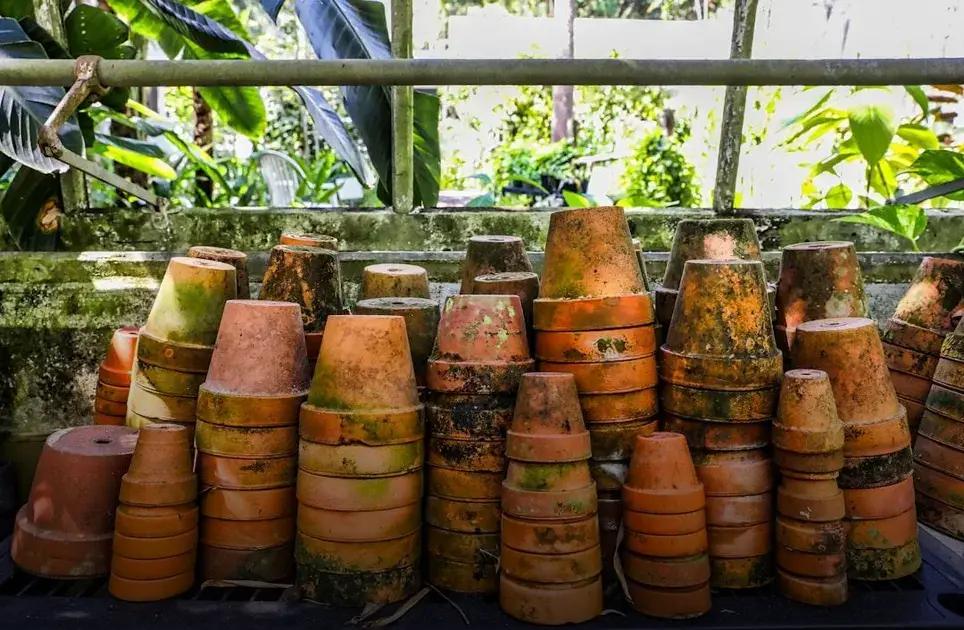
When choosing the right plants for your climate, it’s crucial to understand the specific conditions of your growing region. Different plants have various climate preferences; some thrive in hot, arid areas, while others require cool, moist environments. Begin by identifying your hardiness zone—a system that will guide you on selecting plants that can survive and thrive in your local climate. Research local native plants as they are already well-adapted to your climate and often require less maintenance.
Consider factors like sunlight exposure and seasonal temperatures. Some plants need full sun, requiring at least 6–8 hours of sunlight each day, while others prefer shady spots. Be mindful of the frost dates in your area, as planting too early could lead to plant damage from unexpected cold snaps. Additionally, understanding humidity levels and average rainfall will help ensure your chosen plants won’t suffer from overly wet or dry conditions.
Utilize online resources or consult with a local nursery to gain insights into plant varieties that are successful in your region. Investing time in researching suitable plants will increase the likelihood of a flourishing garden and reduce the chances of plant stress due to inappropriate climate conditions.
Proper Plant Spacing Techniques
Ensuring proper plant spacing is crucial for a thriving garden. When plants are too close to each other, they compete for sunlight, water, and nutrients, which can stunt growth and lead to diseases due to poor air circulation. Adequate spacing promotes healthy, vibrant plants and helps in preventing mold and mildew growth.
First, research the specific space requirements for each plant species you aim to grow. Seed packets or plant labels often include this vital information, helping gardeners understand the mature size and space needs.
Additionally, utilizing companion planting techniques can maximize your garden’s output and health. Certain plants grow better together and can even enhance each other’s flavor or deter pests naturally.
Finally, remember to consider vertical space. Trellises and vertical gardening can significantly help with space management. This not only conserves soil real estate but also ensures that vines and climbing plants reach for the sun without shading their lower neighbors.
Understanding Soil Health and Fertilization

When it comes to gardening, understanding soil health is crucial but often overlooked by beginners. Healthy soil acts as the foundation for all your plants. To start, test your soil to know its pH level. Most plants prefer slightly acidic to neutral soil. Knowing the pH can help you determine what adjustments might be necessary.
Avoid using chemical fertilizers excessively, as they can degrade soil health over time. Instead, focus on natural options such as compost and organic matter which provide nutrients while enhancing the soil structure. Composting not only enriches the soil but also improves its ability to retain moisture, making it one of the most effective ways to ensure healthy soil naturally.
Pay attention to the soil texture. Ideally, aim for a crumbly consistency to allow roots to penetrate easily and access oxygen and nutrients efficiently. Tilling the soil or using a garden fork can help aerate compacted soil, improving drainage and preventing waterlogging—a common mistake in gardening.
In terms of fertilization, each plant has specific nutrient needs. Research or use plant food that complements those needs, avoiding a blanket approach which can lead to nutrient imbalances. Too much nitrogen, for example, can trigger excessive leaf growth at the expense of flowers or fruit development.
Furthermore, incorporating cover crops during off-seasons can help enrich your soil. They prevent erosion, suppress weeds, and boost soil health by fixing nitrogen and adding organic matter back into the ground. Consider using crops like clover or vetch to keep your soil nourished year-round.
Pest Control Without Harmful Chemicals
Ensuring a thriving garden means managing pests effectively, but turning to harmful chemicals isn’t the only solution. Embracing natural methods can keep your plants healthy and the ecosystem safe.
One approach is to use companion planting. Certain plants like marigolds and basil naturally ward off insects when placed next to your vegetables. Not only do they deter pests, but they can also enhance the growth of surrounding plants.
Consider deploying physical barriers such as row covers or mesh. These can prevent harmful insects from reaching your plants without the need for harsh pesticides.
Handpicking pests is another effective, eco-friendly method. Regularly inspecting your plants and removing pests by hand can help maintain a healthy garden environment.
Introduce beneficial insects like ladybugs or praying mantises. These natural predators feed on harmful pests, helping keep their population in check and your garden balanced.
Homemade sprays can also play a role in pest control. Solutions made from ingredients like vinegar, soap, or garlic can repel pests without introducing toxins into your garden.
By adopting these chemical-free methods, you support biodiversity and maintain a healthy garden ecosystem.

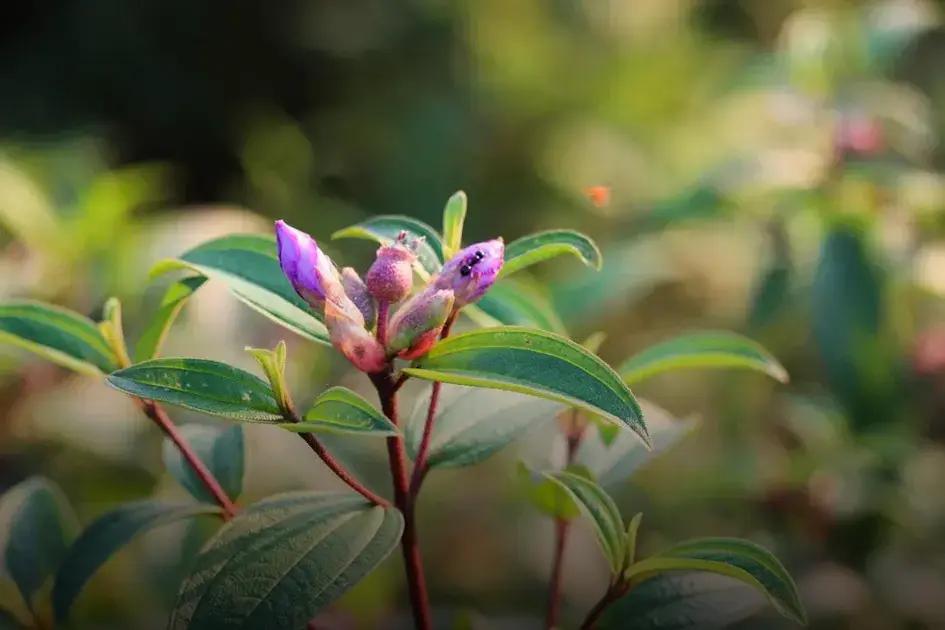
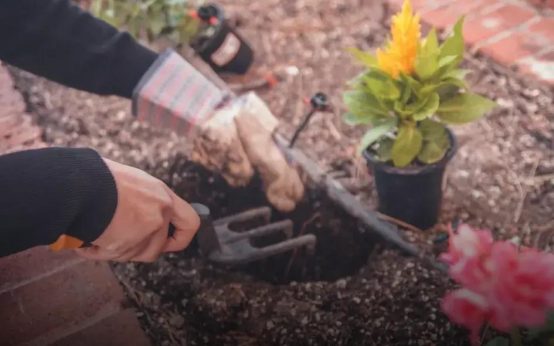 Tips for Growing Tomatoes That Actually Produce Fruit Easily
Tips for Growing Tomatoes That Actually Produce Fruit Easily 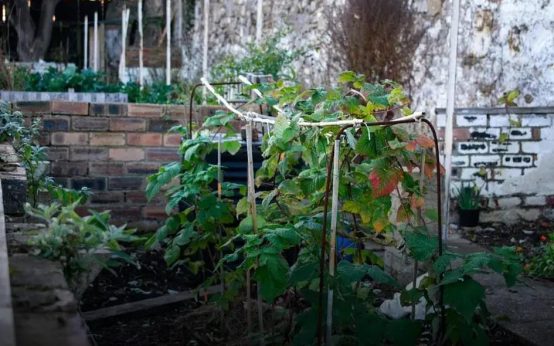 Companion Planting: Discover Plants That Thrive Together
Companion Planting: Discover Plants That Thrive Together 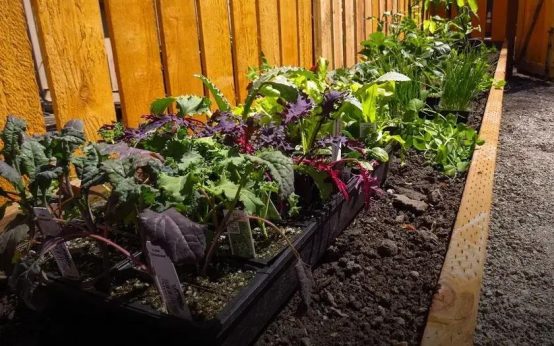 Starting a Vegetable Garden: Top Easy Crops to Begin
Starting a Vegetable Garden: Top Easy Crops to Begin